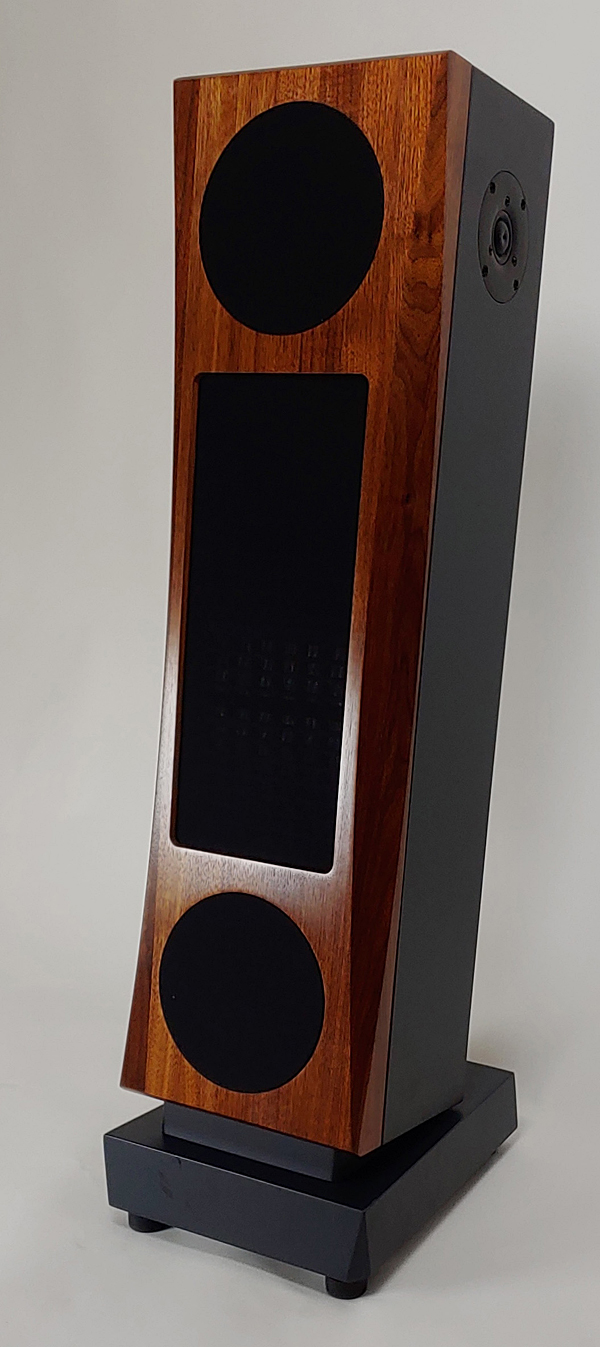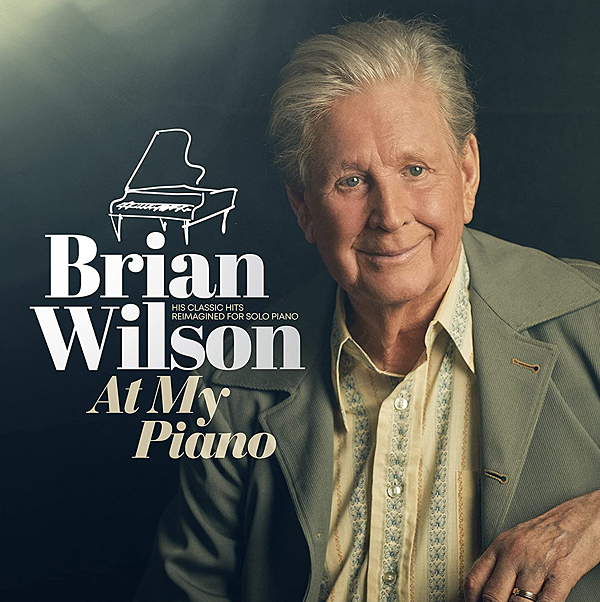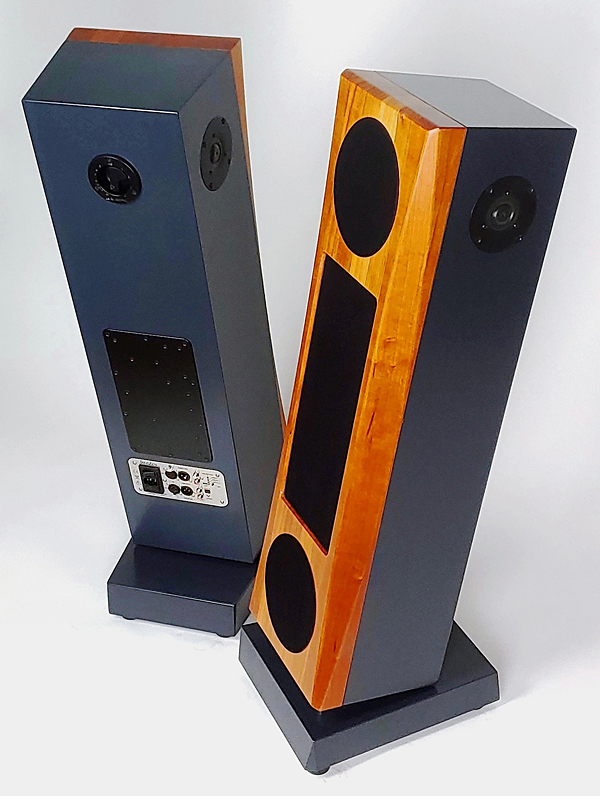| Columns Retired Columns & Blogs |
I've been waiting for Stereophile to review the Janszen speakers! They have always intrigued me, not only from the excellent reviews and user reports, but due to their approach to using electrostatic panels in a sealed box design.
To that end, the only thing that disappointed me in the review is that I didn't see addressed what to me were the intriguing questions about such a design:
What does the Janszen design sound like relative to other electrostatics or box speakers?
Does it still have an electrostatic speaker character? Or more of a box speaker character? Or something in between?
Electrostatic speakers have a reputation for sounding particularly "quick" and vivid especially with transients, along with that famous open-window "boxless" sound.
For me (and I know many others) there is also a sort of signature to most regular electrostatic speakers where, as vivid and boxless as they sound, there is a lack of palpability, of air-moving density, that you get with a typical box speaker. It's a bit more ghostly-sounding vs flesh and blood. You hear more than feel the sound.
I've always wondered how much this has to do with the use of electrostatic panels per se, vs the fact they just have no box, and also operate as dipoles which can energize a room differently.
So I wonder if the Janszen approach of putting the panel "in a box" edges the sound more towards a box speaker (including that added density and presence), so you get a sort of melding of box speaker/electrostatic sound, or if it still sounds like an electrostatic dipole speaker, with all the usual characteristics one hears in electrostatics.
Any comment on these comparisons, Mr. Atkinson?
Cheers!













































